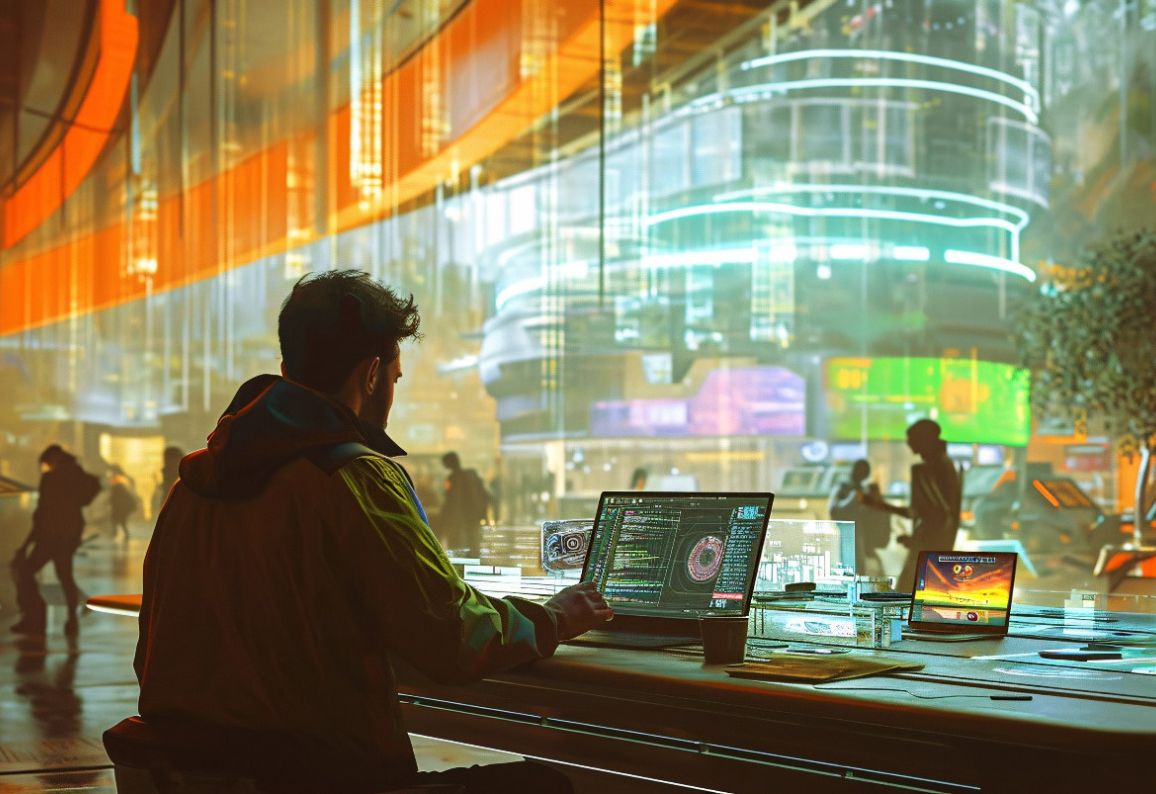Introduction Adobe Photoshop is the world's leading software for image editing, graphic design, and digital art. From a beginner trying out photo retouching to a professional designer creating stunning images, the tools and features in Photoshop are more than sufficient to bring your imagination alive. Below, we'll work through the basics of Photoshop, its features, applications, and some helpful hints to make the most out of your time.
A Complete Guide to Adobe Photoshop: The Best Tool for Digital Creativity
Introduction Adobe Photoshop is the world's leading software for image editing, graphic design, and digital art. From a beginner trying out photo retouching to a professional designer creating stunning images, the tools and features in Photoshop are more than sufficient to bring your imagination alive. Below, we'll work through the basics of Photoshop, its features, applications, and some helpful hints to make the most out of your time.
History and Development of Photoshop Thomas and John Knoll originally developed Adobe Photoshop in 1987. Initially an easy image editor, Adobe acquired this simple editor in 1988 and released it in 1990 as Photoshop 1.0. Photoshop has seen many editions in the last few decades, with new features such as layers, smart objects, content-aware tools, and AI enhancements.
Key Features of Photoshop
-
Layers and Layer Masks Layers are the core of Photoshop, allowing edits to parts of an image without affecting the overall composition. Layer masks offer non-destructive ways of editing by controlling which parts of a layer are seen or hidden.
-
Selection Tools Photoshop provides marquee tools, the lasso tool, and the quick selection tool as an easy way to isolate and manipulate parts of an image with great accuracy.
-
Adjustment Layers Use adjustment layers for non-destructive editing of color, brightness, contrast, or other image features. Some typical adjustment layers include Hue/Saturation, Levels, Curves, and Gradient Map.
-
Retouching and Healing Tools Clone Stamp Tool, Healing Brush Tool, and Content-Aware Fill are perfect for eliminating unwanted features such as blemishes, defects, or extraneous objects.
-
Filters and Effects Photoshop has several built-in filters, including Blur, Sharpen, Distort, and Artistic Effects. These are helpful in changing images with unique visual enhancements.
-
Smart Objects Smart Objects help maintain the original quality of an image when resizing or transforming it multiple times, making them very useful for complex designs.
-
Typography and Text Effects Photoshop offers advanced text formatting options such as font and text effects and the ability to warp text for creative typography designs.
-
Pen Tool and Vector Shapes The Pen Tool is essential in creating precise paths and vector shapes. Designers use it to create custom graphics, logos, and illustrations.
-
3D and Animation Capabilities Photoshop has basic 3D modeling and animation capabilities. Users can create 3D text, objects, and frame-by-frame animations.
-
AI-Powered Features Adobe Sensei AI has been incorporated into Photoshop, featuring tools such as Sky Replacement, Neural Filters, and automatic subject selection for more efficient work.
Applications of Photoshop
-
Graphic Design Graphic designers use Photoshop to design social media posts, business logos, and marketing materials.
-
Photo Editing and Retouching Photographers rely on Photoshop for color correction, skin retouching, object removal, and enhancing overall image quality.
-
Digital Painting and Illustration Artists use Photoshop’s extensive brush tools, blending modes, and pressure-sensitive controls for digital painting and concept art creation.
-
Web and UI/UX Design Photoshop is used to design website layouts, mobile app interfaces, and wireframes before development.
-
Video Editing and GIF Creation With its timeline feature, Photoshop enables video editing, effects, and animated GIFs.
Mastering Photoshop Tips
-
Keyboard Shortcuts Master shortcuts such as Ctrl+T (Transform), Ctrl+J (Duplicate Layer), and Ctrl+Z (Undo) to speed up your workflow.
-
Non-Destructive Editing Always use adjustment layers, layer masks, and smart objects to keep your edits reversible and flexible.
-
Blending Modes Experiment with blending modes to create unique effects when implementing multiple layers.
-
Use Custom Brushes and Presets Photoshop enables you to make your custom brushes, gradients, and layer styles for more creativity.
-
Practice with Tutorials and Projects Follow online tutorials, challenges, and personal projects to continuously improve your skills.
Conclusion Adobe Photoshop is a powerhouse of digital creativity, offering endless possibilities for designers, photographers, and artists. Mastering its features and practicing regularly can unlock its full potential and create stunning visuals. Whether you are a beginner or an expert, Photoshop remains an indispensable tool in the world of digital art and design.







